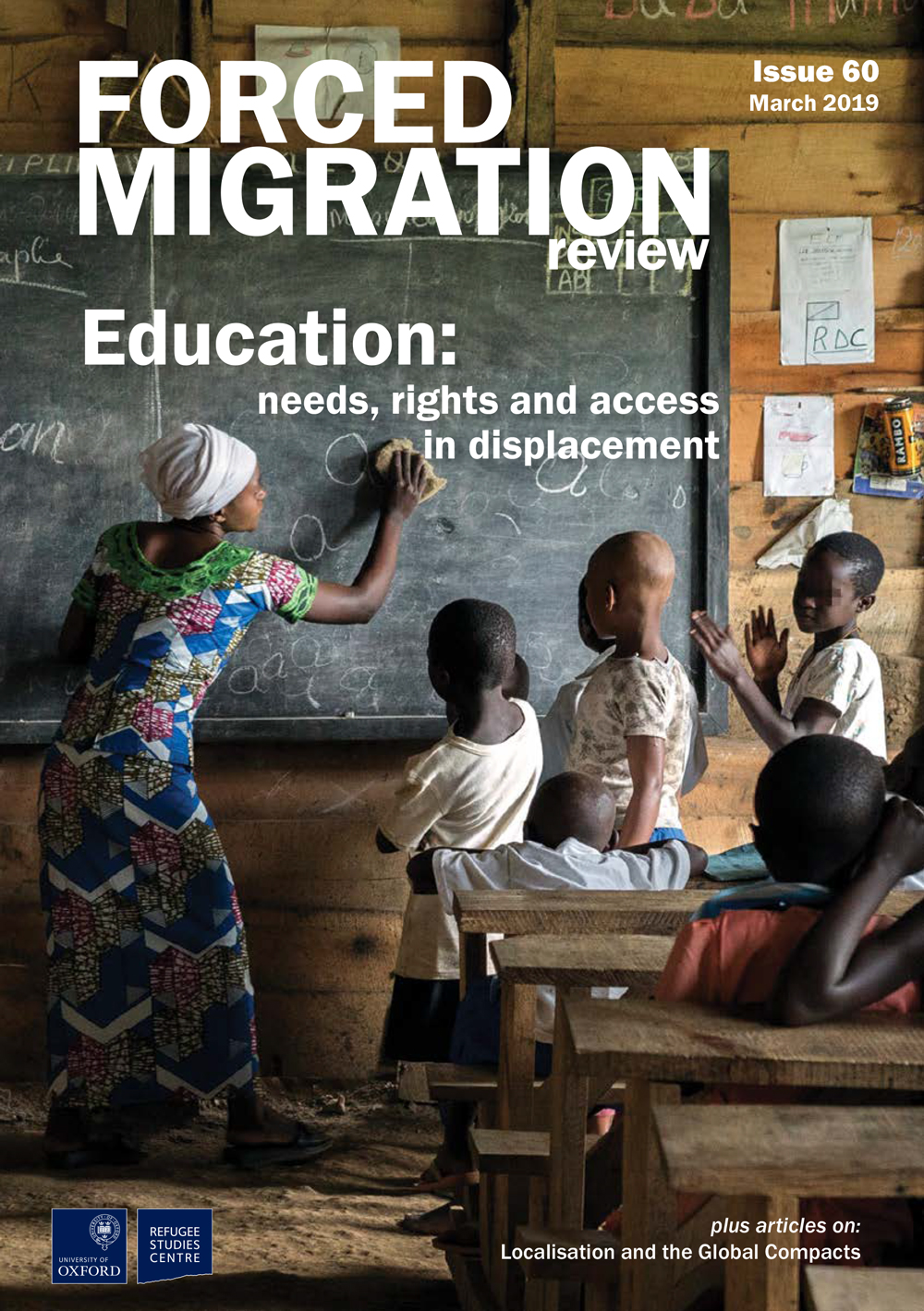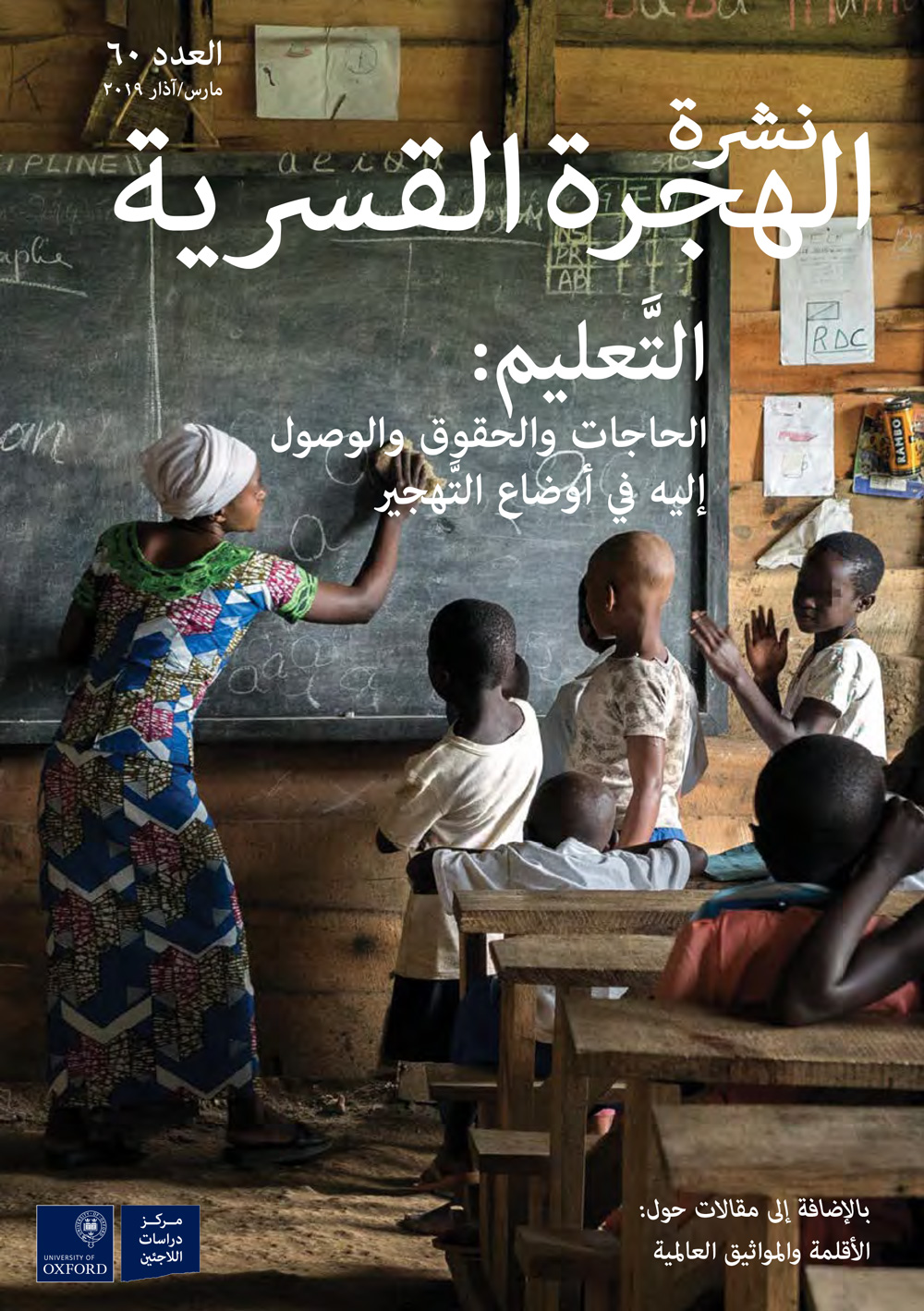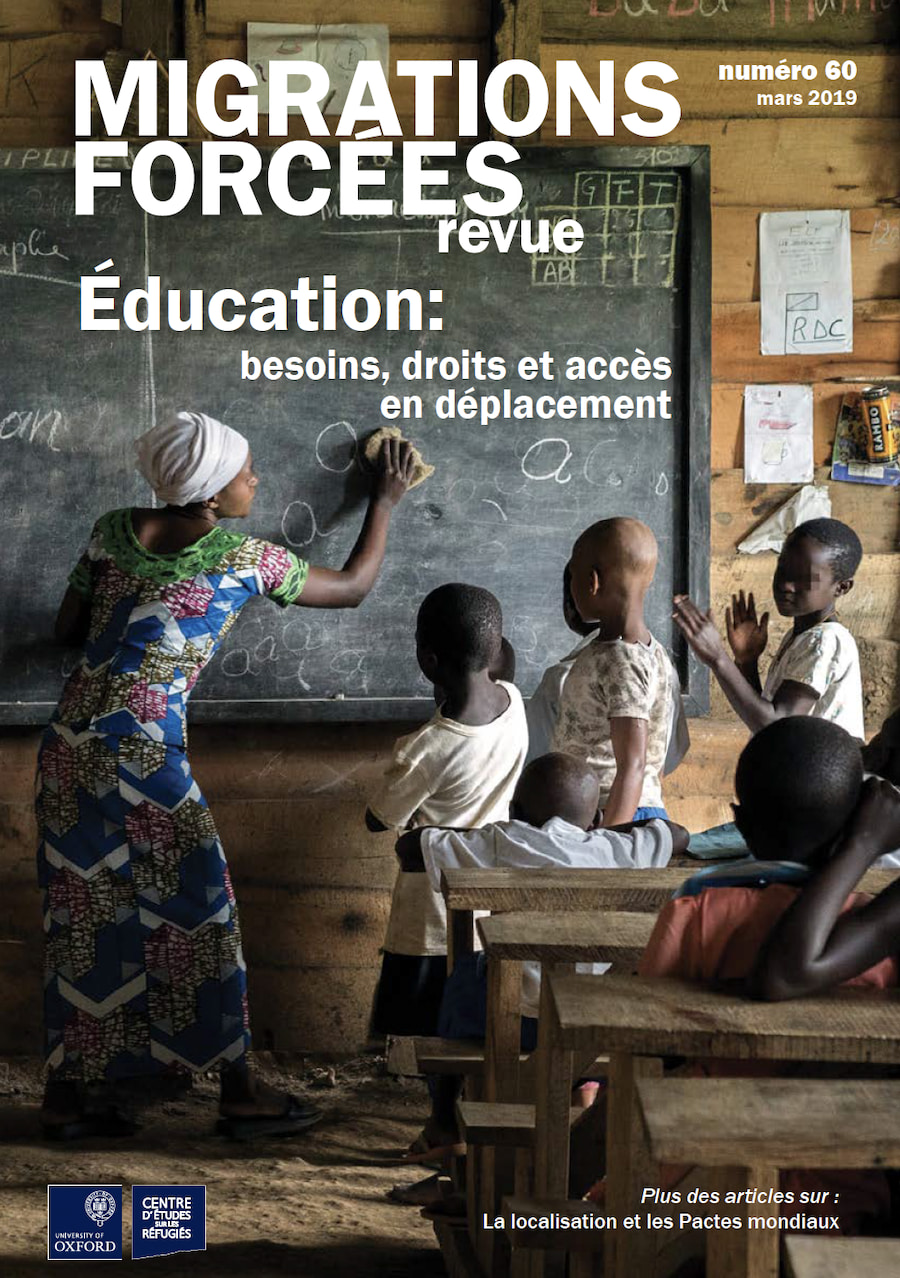Kabul Kids
Few places evoke images of destruction and suffering created by war more strongly than Kabul. Kabul's children have featured in news reports and aid agency appeals to illustrate the devastation and displacement wrought by more than two decades of armed…
From the editors
An oft-quoted statistic is the World Health Organisation’s estimate that persons with disabilities account for 7-10% of the world’s population. This would imply that there are three to four million persons living with disability among the world’s 42 million displaced.…
From the editors
Education is one of the most important aspects of our lives – vital to our development, our understanding and our personal and professional fulfilment throughout life. It is, as described by 23 displaced students who have co-authored one of the…
Foreword: Education – a humanitarian and development imperative
For far too long, donors and the international community have neglected education in humanitarian response. Switzerland was no exception. Food, water, health and shelter were the usual priorities during emergencies, while education was considered more of a long-term objective to…
Feeling safe enough to learn in a conflict zone
Frequently, traditional psychosocial programming focuses on incidents that have taken place in the past and is implemented in spaces that are now physically safe. However, in protracted crises such as in Afghanistan, children are coping not only with past trauma…
Early childhood development and psychosocial support in Syria
From the onset of the Syrian crisis, internally displaced persons (IDPs) from all over Syria sought safe haven in Salamieh District in eastern Hama Governorate, increasing the population by 40% to its current total of 300,000. Many of those who…



